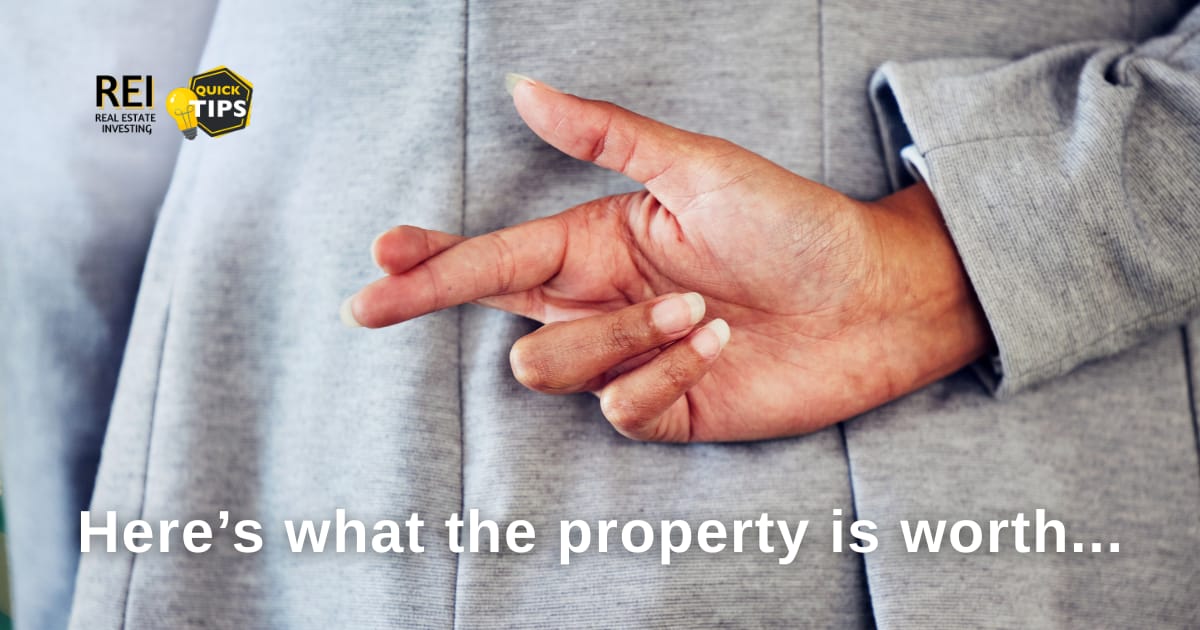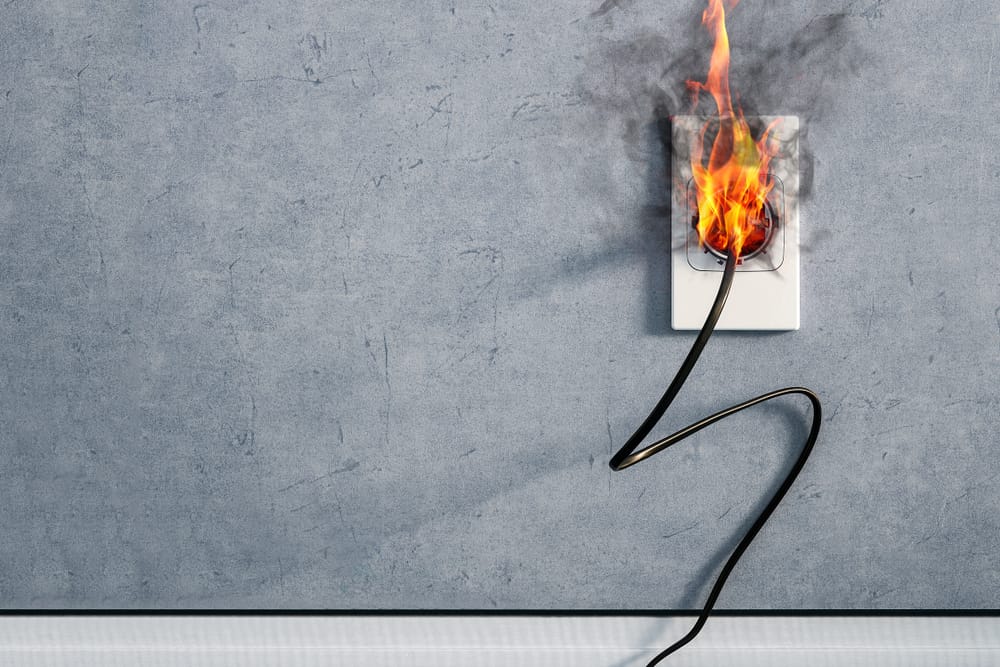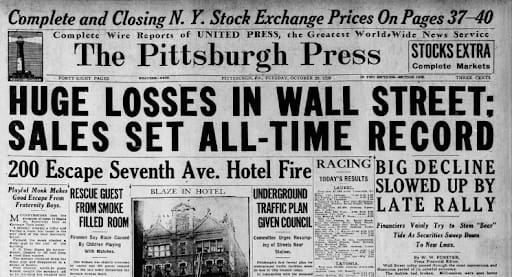- Real Estate Investing Quick Tips
- Posts
- The Problem With the Zestimate
The Problem With the Zestimate
Why “Free” Home Values Can Cost You
Home insurance costs continue to climb, with premiums rising over 9% this year and more than 60% in the past five years. However, coverage hasn’t kept pace, leaving many homeowners paying significantly more for less protection. With affordability becoming a growing concern, it’s more important than ever to compare options—check out Money’s handy home insurance tool to find the best fit for you.
Why I Never Trust the Zestimate

The Zestimate is a great starting point — but it’s just that: a starting point.
Do I look at it? Sure.
Do I rely on it? Absolutely not.
Here’s why:
Zillow is trying to predict a home’s value using a computer model that has zero access to the inside of the property. It doesn’t know about the new roof, the rotted subfloor, the outdated kitchen, or the high-end finishes. And if the property is currently listed, the Zestimate just mirrors the asking price — which gives you no help in estimating post-rehab value.
I usually compare the Zestimate with values on Realtor.com and Redfin.com to triangulate a “good enough” number for early-stage analysis. Those platforms pull from different MLS feeds and use their own AVMs (automated valuation models), which helps smooth out the outliers.
To be fair, Zillow has dramatically improved their model over the years. Their rent estimates are often better than most, and they provide fast, useful info on:
Property history
Square footage
Bedroom and bathroom count
Year built
Ownership history
But if you’re analyzing a potential deal, you need more than an average guess.
Use it. Don’t trust it blindly. And always remember:
The Zestimate is an estimate — not a comp, not a CMA, and definitely not gospel.
Crash Expert: “This Looks Like 1929” → 70,000 Hedging Here
Mark Spitznagel, who made $1B in a single day during the 2015 flash crash, warns markets are mimicking 1929. Yeah, just another oracle spouting gloom and doom, right?
Vanguard and Goldman Sachs forecast just 5% and 3% annual S&P returns respectively for the next decade (2024-2034).
Bonds? Not much better.
Enough warning signals—what’s something investors can actually do to diversify this week?
Almost no one knows this, but postwar and contemporary art appreciated 11.2% annually with near-zero correlation to equities from 1995–2024, according to Masterworks Data.
And sure… billionaires like Bezos and Gates can make headlines at auction, but what about the rest of us?
Masterworks makes it possible to invest in legendary artworks by Banksy, Basquiat, Picasso, and more – without spending millions.
23 exits. Net annualized returns like 17.6%, 17.8%, and 21.5%. $1.2 billion invested.
Shares in new offerings can sell quickly but…
*Past performance is not indicative of future returns. Important Reg A disclosures: masterworks.com/cd.


